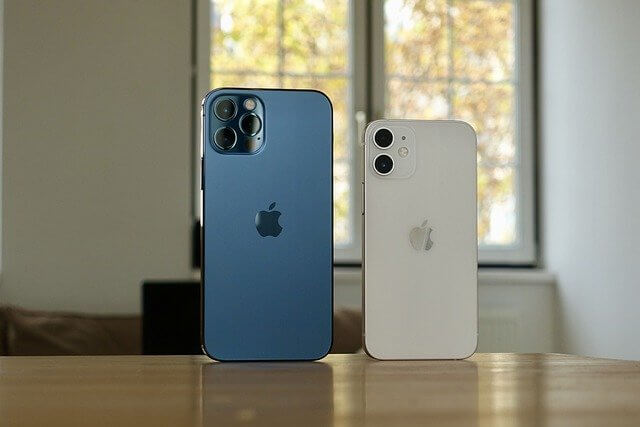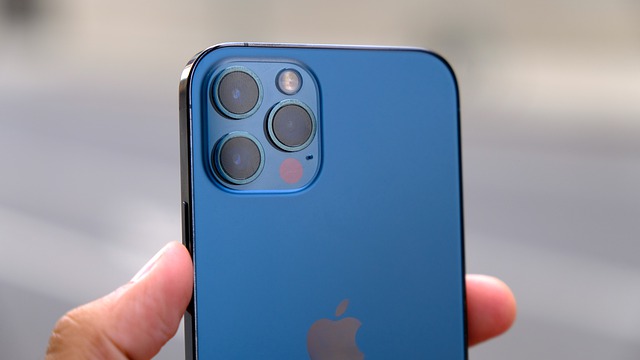The smartphones that we use today are the primary source of media consumption. The form of media that we consume is usually the content we create or watch created by someone else. Both of these modes of content require some sort of cinematography and camera equipment. The camera modules available to consumers in their smartphones could not develop some quality content in the past. Things have changed drastically, to a certain level that some smartphone cameras easily outperform various point and shoot cameras and, in some cases, DSLR’s. The advancement in technology and excellent image processing has enabled these smartphones to capture some of the most incredible shots without any professional knowledge of photography.
In other words, we can easily narrate that smartphones have replaced conventional cameras and, in some cases, even video cameras. This would not have been possible a few years ago. Various mainstream manufacturers strive hard to cramp as many pixels as possible in their smartphones’ camera lens. This approach used to be considered the pinnacle of innovation until two manufacturers, namely Google and Apple, came up with a smarter idea. Instead of focusing and developing a camera lens with a higher pixel count, they simply concentrate on the image processing algorithms.

This proved to be a significant breakthrough in the segment of photography. Now we can easily say that our smartphone cameras are both excellent performers and wickedly smart. Today we shall compare and analyze the camera module offered by Apple in the latest iPhone 12 Pro. We shall also compare some of its features with various other brands that also produce some fantastic pictures.
The Camera Module of iPhone 12 Pro
iPhone 12 pro, shoot some of the best quality photos. Each year Apple develops a new camera lens and better image processing software, which helps consumers capture both broad daylight images and stunning low light images. The primary camera on iPhone 12 pro is a 12-megapixel, F/ 1.6, 26-millimeter-wide angle lens. It uses dual-pixel technology paired with optical image stabilization.
The second camera is also a 12-megapixel shooter with F 2.0 52 millimeters, it’s basically a telephoto lens and has two times optical zoom. It also supports visual image stabilization, which is a convenient feature went focusing and capturing long-distance shots. These two lenses are complemented by yet another 12 megapixels a very wide-open f/2.4 glass. This is an ultra-wide lens and is best suited for group photos or narrow shots.
This year, we saw the addition of 3D LIDAR sensor or scanner to detect and analyze the depth effect in photographs. Previously this task was performed by the camera lens itself, and it produced some terrific portrait shots. We are amazed to see the results this year. A dedicated LIDAR sensor analyzes the field of view. It communicates with the image processing software to identify the field’s appropriate depth from the subject and the background. The color spectrum and bokeh effect is exact. The distortion is minimal.

Lastly, the low light performance is awe-inspiring. This year the sensor is also 47% larger and contains more pixel density. A physically larger sensor and a dedicated image stabilization system helps iPhone 12 produce some of the most incredible shots we have ever seen from a smartphone. With all this technology combined, he observed a better lowlight performance, better stability, less noise, almost no distortion, and crystal-clear image quality. With the help of a LIDAR sensor shooting in low light is a breeze. We didn’t even feel the need to switch to night mode in our testing while shooting in reasonably short light environments.
The LIDAR scanner performs precisely and is very accurate. This also means that you don’t have to hold the phone that study while shooting in low light. These are some of the added benefits that are only possible by including a dedicated LIDAR scanner. So, on paper, this seems to be a very promising camera modification or, as we call it, up-gradation by Apple this year. We found all this to be a bit deviating from the specification sheet standards in our practical testing. Well shooting and previewing the photographs there seemed to be no or very little change from the previous models. The Bokeh effect produced by iPhone 12 pro can also be easily achieved by iPhone 11 pro with the older camera setup, the depth of field was identical as well. The stability was similar, and the computational photography that Apple uses to enhance its photography was pretty similar as well. But diving into the editing mode made things clear.
The pictures taken from iPhone 12 pro are kept at nominal saturation and minimal alterations. The added hardware records and stores data for each photographer that can later be accessed to modify these photographs according to consumers’ needs. Unlike Samsung’s image processing, which is very intense and sometimes results in pictures being fake or heavily modified, Apple’s image processing tends to keep it natural.
Google Pixel 5 Camera Module
Here we would like to mention another capable smartphone that delivers excellent picture quality and uses some wicked image processing to deliver these results from minimum hardware available at its disposal. Google Pixel 5 uses a dual-camera setup. As of 2020 standards, a triple camera setup is the least we expect from manufacturers, but again we would like to raise the point that the quantity does not guarantee the image quality, whether that be the number of lenses available or the number of pixels squeezed within that lens. Google does the job with excellent image processing.

The primary lens on Google pixel 5 is a 12-megapixel shooter, with f/1.7 aperture, it’s a wide-angle lens. The secondary camera is a 16-megapixel ultra-wide shooter with an f/2.2 aperture. On paper, this setup seems to be very minimalistic and does not promise any drastic results. What does not get attention is the fantastic image processing of Google.
Google Pixel 5 has been ranked as one of the best smartphones for shooting and capturing photographs on the go. This is all done by the image processing unit within Google pixel 5. The data collected from each lens gets thoroughly analyzed. Still, the algorithm dictated by Google and then noise reduction and distortion elimination techniques are applied to photograph photographs to make the results smoother and picture quality crispier.
Conclusion
With powerful processors such as Snapdragon 855 and Apple’s A14 Bionic chip, we are approaching a strategy where we are destined to achieve optimal results with minimum physical setup. Google Pixel 5 is a perfect example of this approach. It has proved that with minimum design and excellent algorithms, the same quality pictures can be considered ideal. While on the other hand, Apple iPhone 12 pro displays the advancement in technology and bleeding edge development in this segment. The optical image stabilization of the iPhone 12 Pro is second to none and clearly reflected in the video quality and low light photography. The best camera is the one that captures the moment without delay. Both of these smartphones do the same thing but with a slightly different approach.
a WordPress rating system
a WordPress rating system
